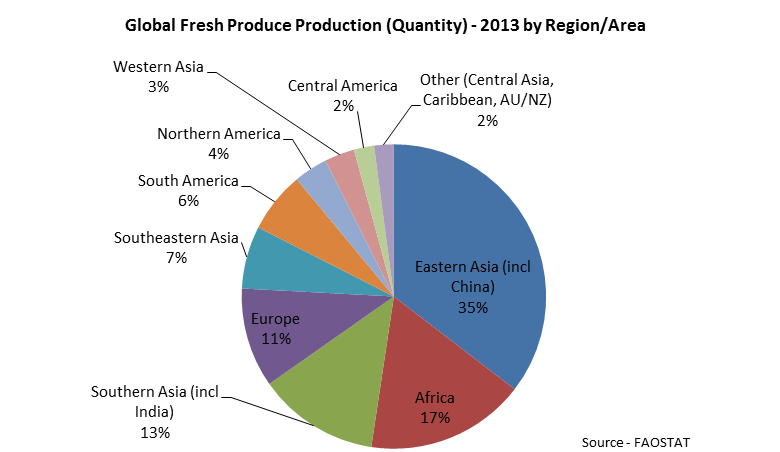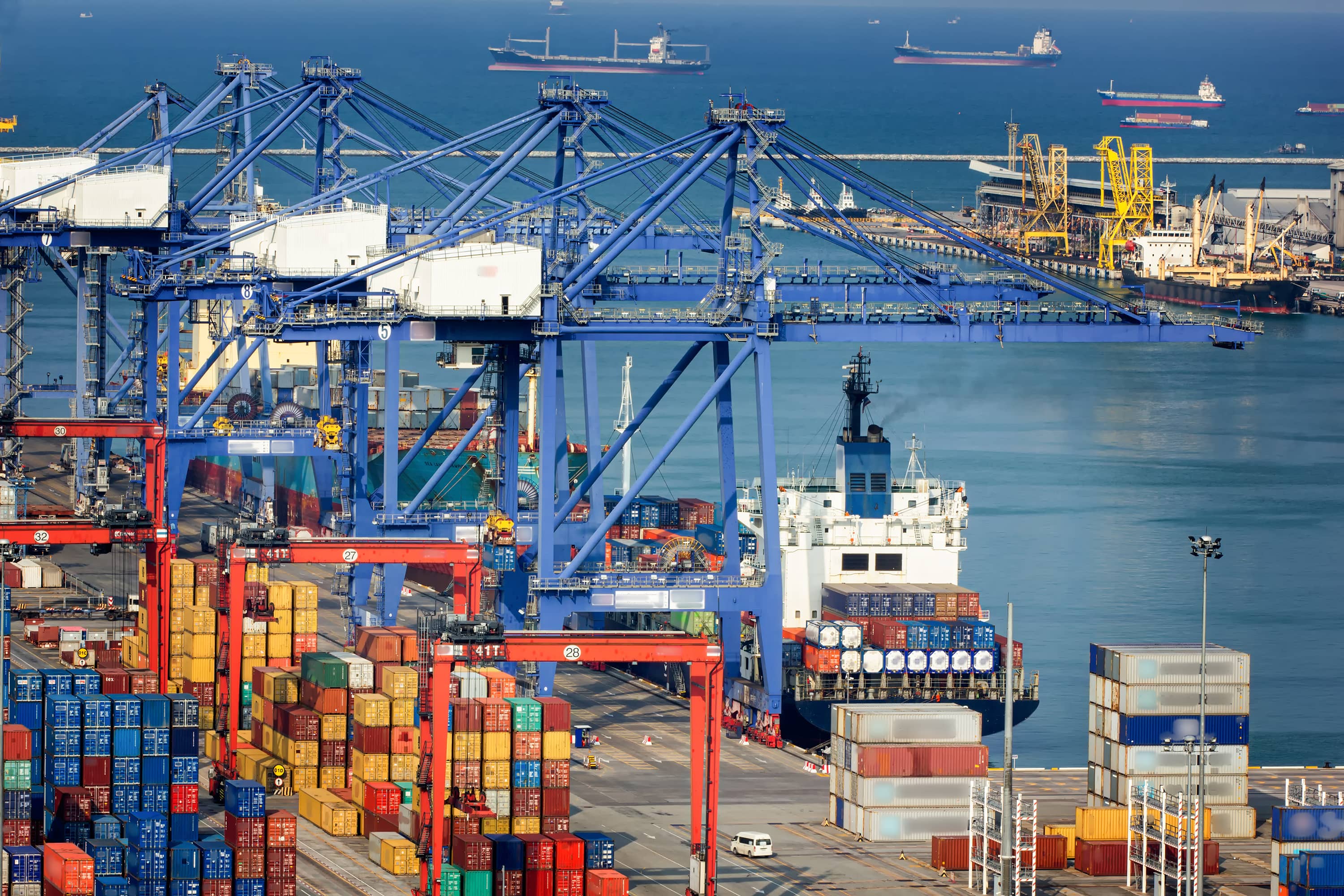Indonesia, the Philippines and Thailand are the key fresh fruit producers in Southeast Asia. The region primarily exports fresh fruit, which has increased over the last three years, but overall the region remains a net fresh produce importer.
This article details Southeast Asia's role in global fresh produce production and the key countries producing, importing and exporting in the region.
Fresh Produce Trade
Southeast Asia produces approximately 7 percent share of global fresh produce quantity and production has grown 3 percent over the three-year period of 2011-2013. Indonesia, the Philippines and Thailand are the key fresh fruit producers in this region. In addition to its production, the region is a net fresh produce importer.

Exports
The region primarily exports fresh fruit — accounting for a 4 percent share of global fresh fruit export value. The Philippines, Thailand and Vietnam are the leading exporters in the region.
Exports are increasing. Southeastern Asia’s fresh fruit exports averaged annual increases of more than 30 percent between 2010 and 2013, outpacing the global fresh fruit export growth rate of an average 20 percent.

Imports
Southeast Asia is a net fresh produce importer, and accounts for a 4 percent share of global fresh produce imports. Fruit imports are growing — on average 20 percent annually in the last three years. Apples, other fresh fruits, citrus and grapes are the top fresh fruits imported. Apple, grape and mango imports are driving growth.
Indonesia, the Philippines and Vietnam are among leading growth markets for fresh food globally, posting double digit consumption growth between 2010 and 2015. For fresh produce specifically, Malaysia, Indonesia, Thailand and Singapore are the key import markets in Southeastern Asia.

Trade
ASEAN currently has six key Free Trade Agreements (FTA) with Australia, China, India, Japan, New Zealand, and South Korea. And there is talk of creating a single FTA between these six countries and ASEAN, a more interconnected trade deal within a trade deal (Euromonitor). In addition, ASEAN is currently negotiating a free trade agreement with the EU.
ASEAN members including Brunei, Malaysia, Singapore and Vietnam are also currently part of negotiations for the Trans Pacific Partnership (TPP), the largest trade deal to be negotiated to date, and will liberalize trade among economies in the Asia Pacific and Americas regions.
Opportunities & Challenges for Fresh Produce in Southeast Asia
Southeast Asia’s strong economic performance and forecasted growth will continue to drive development in the region. Increased urbanization and a youthful population with increasing purchasing power will fuel this growth.
Although much of its current trade is concentrated in the Asia Pacific region (China, Japan, etc.), Southeast Asia is positioned to diversify its trade base with the impending Trans Pacific Partnership (TPP) Trade Agreement which could broaden trade in the Pacific Rim with the Americas. The TPP will create first-time trade deals among many of the countries involved in the negotiations. Malaysia and Vietnam have had no prior trade deals with the U.S., Mexico or Peru. Reduced or eliminated tariffs are expected for the trade of agricultural products.
Additionally, through the ASEAN integration, the goal of creating a single market of more than 600 million consumers will be realized along with their manufacturing and services industries streamline trade flowing to and from the region.
Insufficient infrastructure, higher unemployment among the youth, and known corruption affecting many of the countries in the region could hinder foreign investment and development. Additionally, the region is prone to floods, which could impact infrastructure development and agricultural production.
